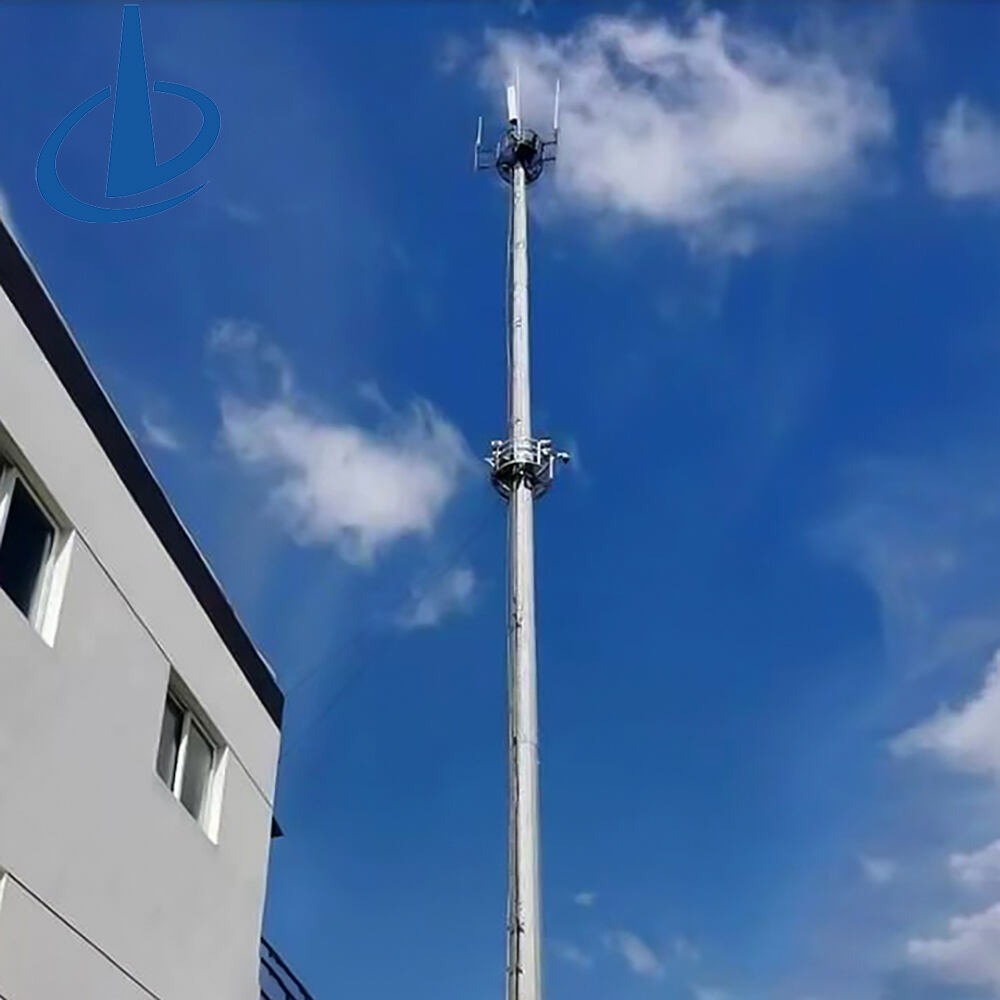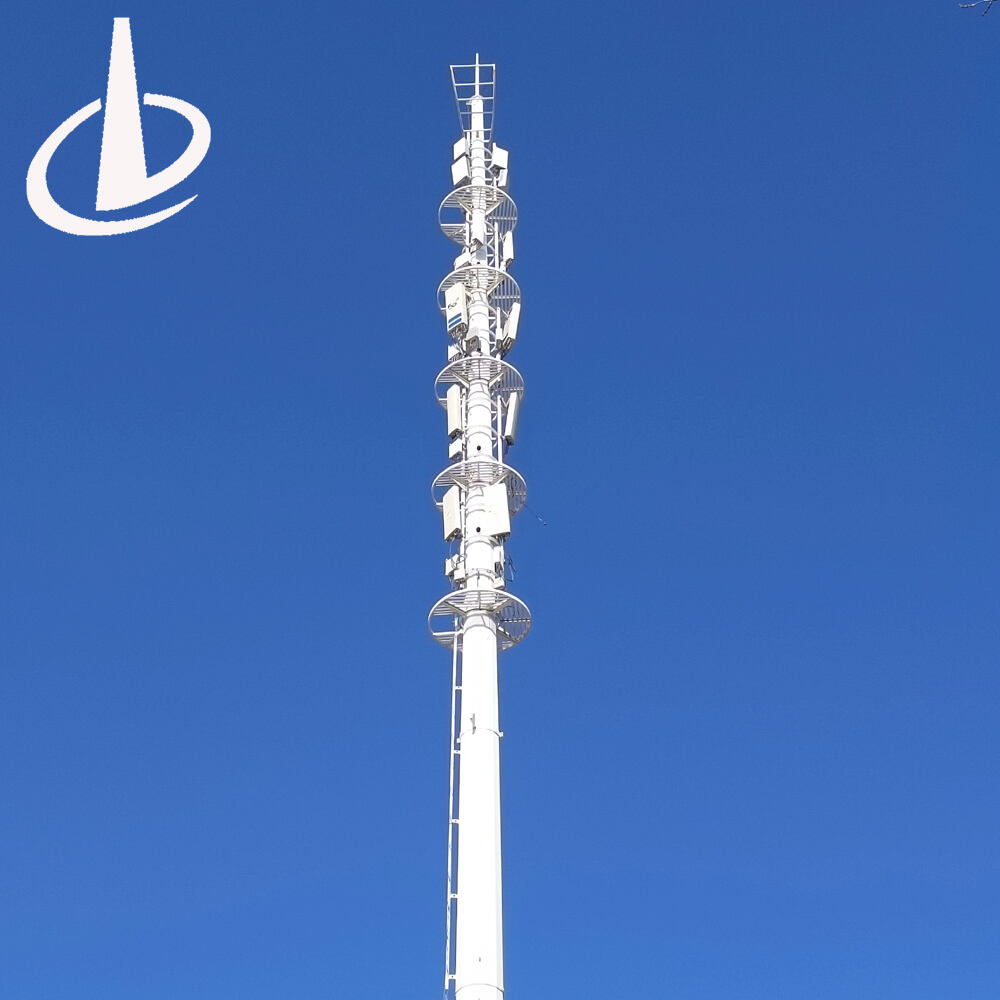self supporting antenna mast
A self supporting antenna mast is an advanced structural solution designed to hold telecommunications equipment, broadcasting devices, and various types of antennas without the need for external support systems or guy wires. These freestanding structures are engineered to withstand environmental forces while maintaining optimal signal transmission capabilities. The mast typically consists of a robust steel framework that employs triangular or square cross sections, providing inherent stability and strength. The design incorporates graduated sections that taper from a wider base to a narrower top, ensuring maximum structural integrity. These masts can range from 30 to over 200 feet in height, depending on specific requirements and local regulations. The construction utilizes high grade steel components treated with protective coatings to resist corrosion and weathering effects. Modern self supporting masts often feature integrated climbing systems, equipment mounting platforms, and cable management solutions. They are particularly valuable in urban environments where space is limited and guy wire installations are impractical. The mast's engineering considers factors such as wind load calculations, foundation requirements, and specific equipment weight distributions to ensure long term reliability and safety.


